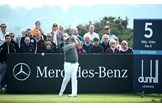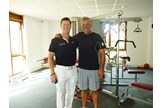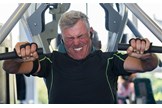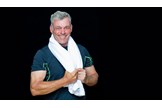Training advice from the man who helped Darren Clarke double his strength
Published:
Darren Clarke was horrified when he saw a picture of himself playing in the 2013 Dunhill Links Championship. “I thought, ‘Christ, I’m fat,’” he recalls.
The following week, he started working with Dublin-based fitness guru Jamie Myerscough. Within a couple of months, Clarke had lost two stone and within nine months he declared himself “four stone lighter, twice as strong and mentally and physically healthier”. So we asked Myerscough, CEO of Educogym in Dublin, to share his secrets.
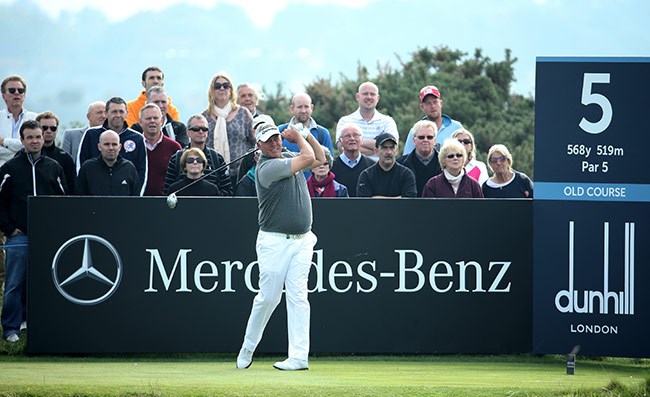
What were Darren’s initial goals?
He wanted to achieve three things. One was weight loss, the second was greater fitness, concentration and strength levels, and the third was better health.
How did you set about doing this?
I put him on a low glycemic index diet, as I knew this would reduce his sugar levels and this reduction would reduce his insulin levels. Reducing your insulin levels is crucial for weight loss, because insulin is the hormone that tells the body to store fat. I told him to stop doing cardio and start focusing on an overall body programme that involved lifting heavy weights for 20 minutes a day, four to five times a week. Typically, Darren concentrates on his legs one day, his chest and back the next day, and his arms and shoulders the day after that.
Only 20 minutes a day?
If you work out properly, 20 minutes a day is enough to reach your goals. Also, we advise golfers against doing cardio for a couple of reasons. First, it creates muscle imbalance. Second, research shows most of the weight you lose when you do cardio is muscle tissue. This isn’t good for golfers, because losing muscle tissue reduces your strength, making it more difficult to create power and slowing down your metabolism.
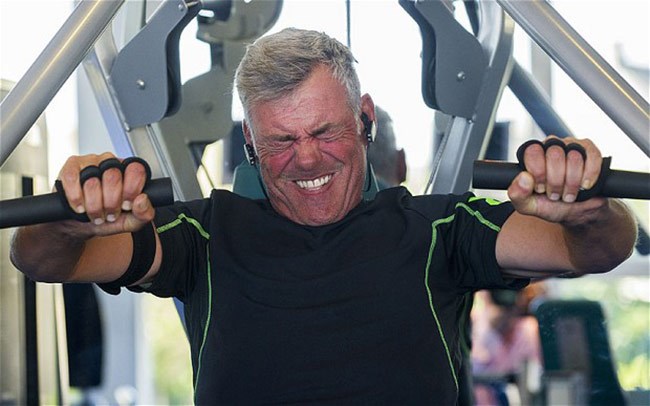
What specific areas of the body should golfers concentrate on?
Golfers need a strong core, but if I had to pick a specific area to work on, it would be the legs. In terms of this, Darren does squats and deadlifts and I know Justin Rose has talked about doing them, too. Both exercises are great for golfers as they build up strength in your whole body, but particularly in the hamstrings, quadriceps, glutes and hips, where most of the power in your swing comes from.
Rory McIlroy has developed huge arms. Should we do this too?
Yes and no. Strong forearms are very important if you want to power through a ball that is sitting down in the rough, but you need to guard against over-working your biceps, as the more you train the biceps, the more you put the brakes on your triceps. This doesn’t matter in a lot of sports, but in golf the triceps are the power muscles that cause your arms to straighten at impact. With this in mind, I’ll get my players to do more tricep work than bicep work.
We’ve heard hip rotation speed helps to create power in the golf swing, are there any simple ways of doing this?
Resistance bands are very good. Darren attaches one end to a door handle or piece of gym equipment and then makes a practice golf swing while holding the other end. The resistance in the band helps to improve his rotational strength and increase his speed through the ball.
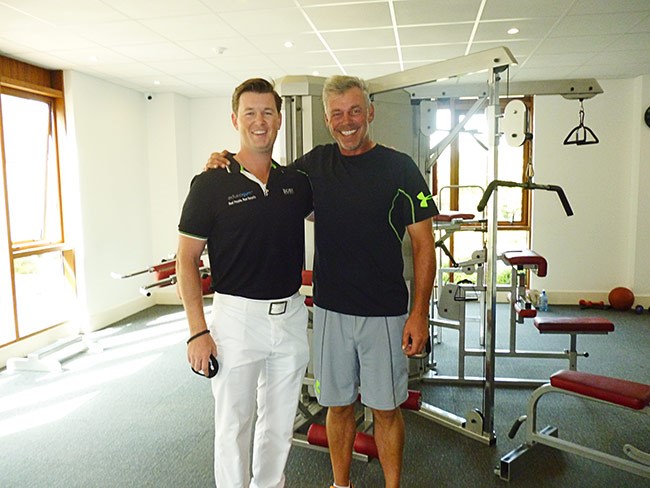
Any other advice you would give to an amateur golfer who wants to lose weight or hit the ball further?
Look at golf fitness the right way. People tend to think that being fit means you can run five miles, but that’s not actually the case. Fitness is exercise specific, so being fit for golf is about having balanced levels of energy and being able to get your body into the correct position to make between 30 and 50 good swings a round.
Finally, tell us something fitness or strength based that few golfers know…
Men aged 27 and over and women aged 25 and over lose about 0.5lb of muscle tissue per year. This might not seem like much, but it means that, if they don’t train to regain this lost muscle, men aged 47 and women aged 45 will have 10lb less muscle than they did 20 years previously. Once you appreciate this, it’s easy to understand why people naturally lose distance off the tee when they get older and why lifting weights helps to reverse this decline.
